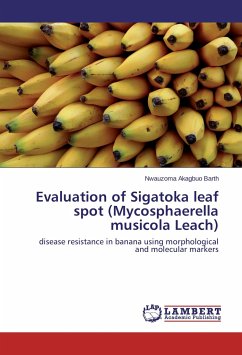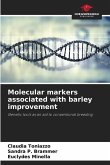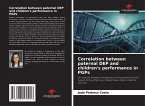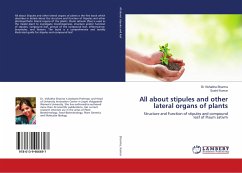Sigatoka leaf spot disease limits banana production. Breeding for resistance is the most effective method to control Musa diseases. However, Musa improvement using conventional methods is difficult due to lack of genetic variability, hence biotechnology. Marker-assisted selection is a reliable method to improve disease resistance in Musa. This study was to identify markers that may be linked to Sigatoka leaf spot disease in Musa, using RAPDs and converting such into SCAR. A total of 102 oligonucleotide OPERON primers were used to screen genomic DNA from resistant and susceptible cultivars with only 10.8% polymorphism. Eventually, OPK01 and OPK11 primers in Calcutta 4 were eluted, but only OPK 11 was sequenced and cloned using pGEM-2T vector, resulting to a band size of 4.3 KB, and the development of two SCAR markers. A FASTA search in the Musa database could not identify homologous gene sequences to the PCR fragment. The SCAR marker was used to amplify genomic DNA from the segregating population which could not discriminate between resistant and susceptible samples due to amplification conditions, limited number of primers and absence of tight linkage with the gene of interest.
Bitte wählen Sie Ihr Anliegen aus.
Rechnungen
Retourenschein anfordern
Bestellstatus
Storno








